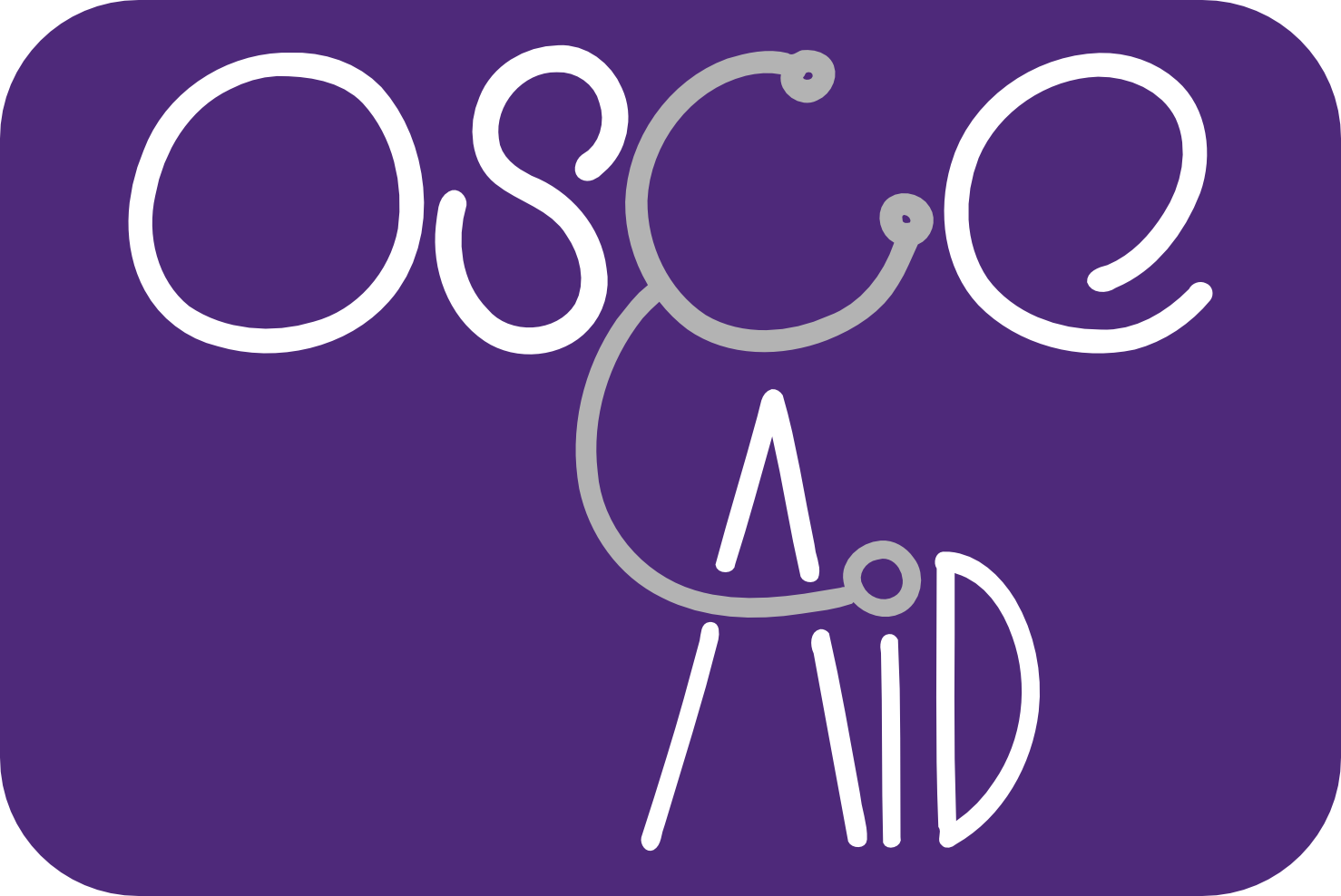History: Back Pain
Back pain is a very common presentation and is commonly asked in history stations in OSCEs. It is important to keep the common causes in mind and remember to cover the ‘red flag’ symptoms which are discussed in more detail below.
A 65 year old lady comes to the emergency department reporting a three week history of gradually worsening back pain.
- Take a history from her and formulate a differential diagnosis
- Discuss which investigations you would order and why
- The pain itself:
|
Onset · When did it start? · Did it start suddenly or gradually? |
Sudden onset · Consider mechanical cause (e.g. fracture, disc prolapse) · Is there any history of trauma/falls? Gradual onset · Consider malignant, inflammatory, degenerative causes |
|
Time course (duration and progression) · Is it constant or intermittent? · Does it change over time? · Is it worse at certain times of day/night? |
Night pain is a red flag for back pain associated with malignancy! |
|
Severity · 1-10 scale |
|
|
Character · Sharp, dull, burning, shooting |
|
|
Radiation |
Sciatic nerve pain radiates down the thigh, often below the knee. Thoracic pain often commonly radiates to the anterior chest wall. |
|
Associated symptoms |
See below – includes red flag symptoms |
|
Exacerbating factors · Does anything make the pain worse? |
Disc prolapse and cord compression are often exacerbated by movement, sneezing, coughing and straining |
|
Relieving factors · Does anything make the pain better? |
Are they using any analgesia? Pain that is not relieved by lying down is concerning for malignancy or infection (e.g. osteomyelitis) Pain that is not responsive to analgesia = red flag |
- Some people find the SOCRATES acronym helpful when taking a pain history:
- Site
- Onset
- Character
- Radiation
- Associated symptoms
- Time course
- Exacerbating and relieving factors
- Severity
- Red flag symptoms
- These are symptoms suggestive of a serious cause for back pain and are very important to mention in the history. Examiners will be looking out for these questions, as these diagnoses are important not to miss.
- Common serious causes include:
- Bony metastases, with or without cord compression
- Infection – e.g. osteomyelitis or discitis
- Red flags for cancer
- Age <20 or >50 years
- Thoracic pain
- Night pain
- History of cancer
- Systemic symptoms, especially fever and/or weight loss
- Persistence >1 month
- For spinal cord compression or cauda equina syndrome
- Saddle area paraesthesia/numbness
- Bladder or bowel dysfunction (e.g. incontinence)
- Lower limb neurological symptoms – weakness, numbness, tingling, or gait disturbance
- Red flags for infection
- Recent infection
- IV drug use
- Immunocompromise e.g. HIV, immunosuppressive medication (renal transplant patients)
- Systemic symptoms, especially fever, weight loss
- Other red flags
- A recent history of trauma
- Recurrent or prolonged use of corticosteroids
- Structural deformity of the spine
- Other associated symptoms
- Joint problems
- Back stiffness (ankylosing spondylitis)
- Cancer
- Solid tumours which often metastasis to bone include prostate, breast, lung, renal, colorectal and thyroid
- Recent infection
- Osteoporosis
- Aortic aneurysm
- Ask about steroids, as long term use can predispose people to developing osteoporosis (and risking vertebral crush fractures)
- Cancer
- Osteoporosis
- Rheumatological conditions
- Smoking status – a risk factor for osteoporosis
- Alcohol consumption – a risk factor for osteoporosis
- IV drug use
- Occupation – does it involve manual work?
- What is their current level of function? Ask about activities of daily living
- This will depend on the information gained in the history, but consider:
|
Bloods |
· FBC – anaemia in many malignancies, especially if bony metastases · Raised WCC in infection · ESR – is quite non-specific and can be raised in many conditions including infection, malignancies and autoimmune conditions · U+Es – can be abnormal in myeloma · Bone profile – myeloma and other malignancies can cause hypercalcaemia · LFTs – ALP is often raised when patients have bony metastases Consider: · PSA – a tumour marker for prostate cancer · Myeloma screen – including serum protein electrophoresis (and urine Bence Jones protein) · If you suspect ankylosing spondylitis consider typing for HLA B27 |
|
Imaging |
· Plain X Rays of the spine are only useful for looking for fractures (i.e. if there is a history of trauma) · MRI whole spine – important in suspected metastatic cord compression / cauda equina syndrome, infection, persistent back pain with no clear cause |
This is huge – it is important to remember the serious causes and common causes!
- Congenital
- Lumbar nerve root abnormalities
- Spondylolisthesis (shift of one vertebra over the other)
- Acquired
- Vascular
- AAA
- Infective
- Osteomyelitis / discitis (often Staph. Aureus) / epidural abscess
- Pyelonephritis
- Peritoniits
- Traumatic
- Vertebral fracture
- Intervertebral disc prolapse
- Spondylolisthesis (shift of one vertebra over the other)
- Metabolic
- Paget’s disease
- Inflammatory
- Pancreatitis
- Connective tissues diseases
- Seronegative arthopathy e.g. ankylosing spondylitis
- Neurological
- Nerve root pain
- Neoplastic
- Primary bone / neural tumours
- Secondary – lung / breast / prostate / thyroid / kidney
- Myeloma
- Cauda equina ayndrome and metastatic spinal cord compression
- Degenerative
- Osteoarthritis
- Idiopathic
- Non specific low back pain - not due to either serious spinal pathology or nerve root pain and often triggered by minor strain of the back; usually improves within 2 weeks
- Others
- Renal calculi
- Pregnancy
Downloads / Links
Comments:




